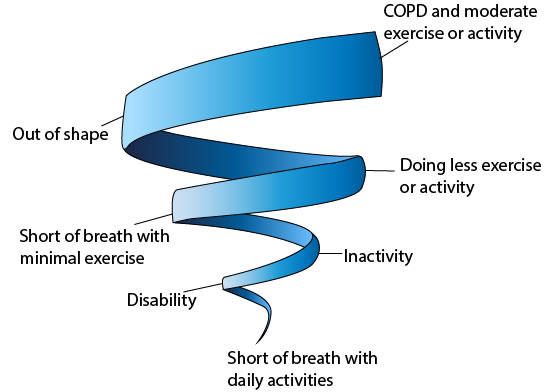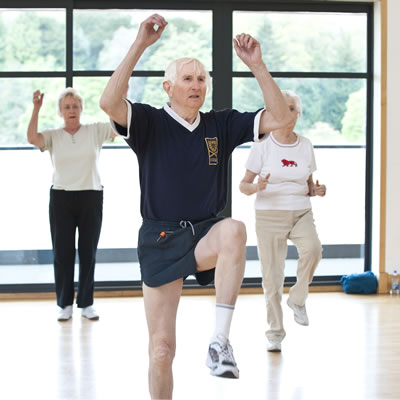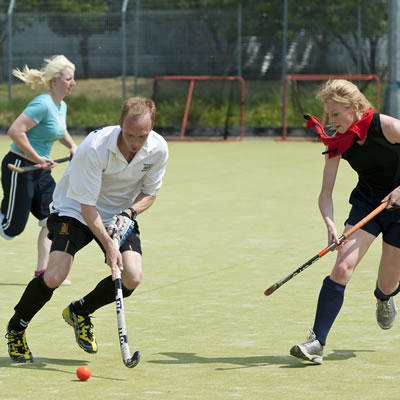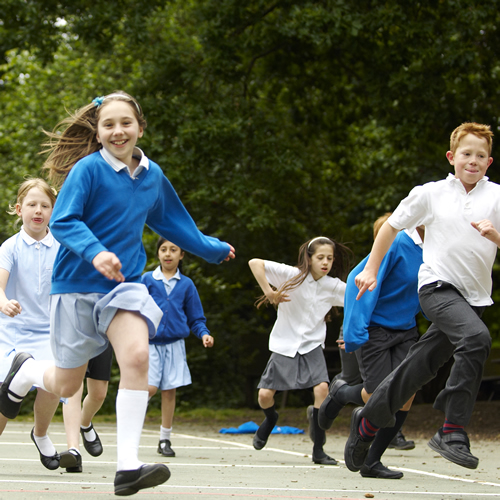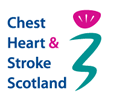There are 2 categories:
1) Occupational asthma
Defined as variable asthma with symptoms linked to an irritant found in the work environment but not to causes out side the workplace or at home.
This also falls into 2 types:
- Where there can be a delayed reaction, of a few days to years, before symptoms appear, depending on the body’s immune system response to first contact to allergen and the development of symptoms.
- Where reaction is immediate and non-allergic caused by irritant, this is Reactive Airways Dysfunction Syndrome (RADS).
2) Work aggravated asthma
Defined as pre-existing asthma worsened by normally harmless irritants or physical effort in the work place.
This however does not mean occupational asthma can not develop due to work place exposure.
This therefore distinguishes occupational asthma from work aggravated asthma. However this distinction also depends on an accurate medical history of present illness, any previous complaints as well as physical examination and selected tests.


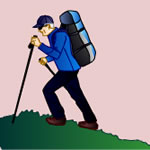

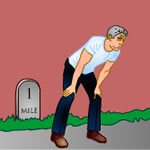
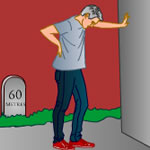
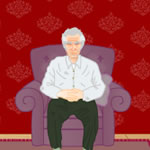
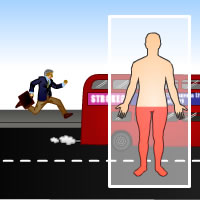 Running for the bus, your oxygen needs are diverted to your muscles causing you to feel breathless.
Running for the bus, your oxygen needs are diverted to your muscles causing you to feel breathless.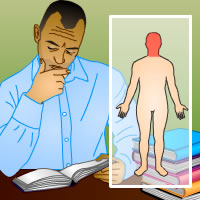 Your brain needs a high percentage of oxygen to function if you are doing a lot of concentrated activity.
Your brain needs a high percentage of oxygen to function if you are doing a lot of concentrated activity.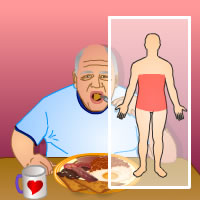 Eating a large meal causes an increase in blood flow to the stomach, this is achieved by diversion of blood from the muscles and by increasing the volume of blood pumped by the heart.
Eating a large meal causes an increase in blood flow to the stomach, this is achieved by diversion of blood from the muscles and by increasing the volume of blood pumped by the heart.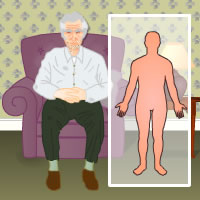 Even at rest we need a certain amount of oxygen in the blood. If you are cold or shivery you need more oxygen to generate heat.
Even at rest we need a certain amount of oxygen in the blood. If you are cold or shivery you need more oxygen to generate heat.